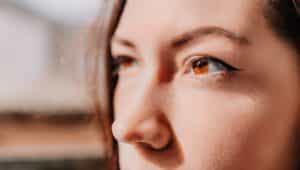When Should You Get a Facelift? Here’s What to Consider
Deciding when to get a facelift—or asking, “when is the best time to get a facelift?”—can feel daunting. Everyone ages at a different pace, and what you see in the mirror doesn’t always match how energized you feel inside. Below, Miami facial plastic surgeon Dr. Andres Bustillo breaks down the timing question, explains how skin… [Read More]











